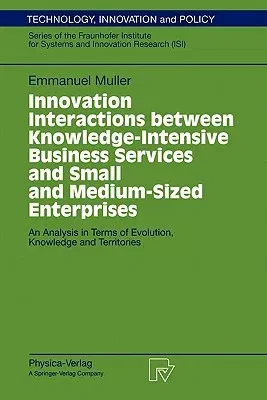Emmanuel Muller
(Author)Innovation Interactions Between Knowledge-Intensive Business Services and Small and Medium-Sized Enterprises: An Analysis in Terms of Evolution, KnowlPaperback, 26 January 2001

Qty
1
Turbo
Ships in 2 - 3 days
In Stock
Free Delivery
Cash on Delivery
15 Days
Free Returns
Secure Checkout
Part of Series
Technology, Innovation and Policy (Isi)
Part of Series
Technology, Innovation and Policy
Part of Series
Technology, Innovation and Policy (Isi) Technology, Innovati
Print Length
198 pages
Language
English
Publisher
Physica-Verlag
Date Published
26 Jan 2001
ISBN-10
3790813621
ISBN-13
9783790813623
Description
Product Details
Author:
Book Format:
Paperback
Country of Origin:
DE
Date Published:
26 January 2001
Dimensions:
23.39 x
15.6 x
1.17 cm
ISBN-10:
3790813621
ISBN-13:
9783790813623
Language:
English
Location:
Heidelberg
Pages:
198
Publisher:
Series:
Weight:
312.98 gm

